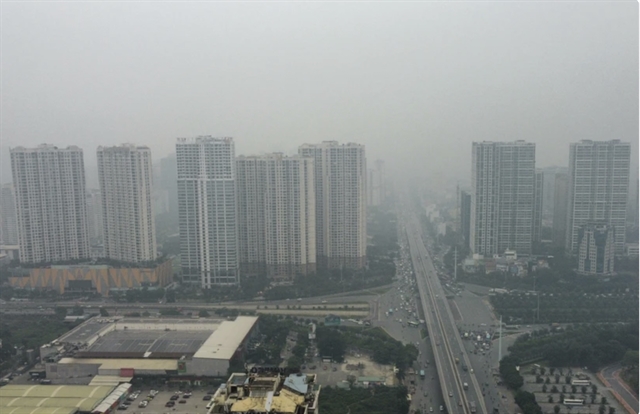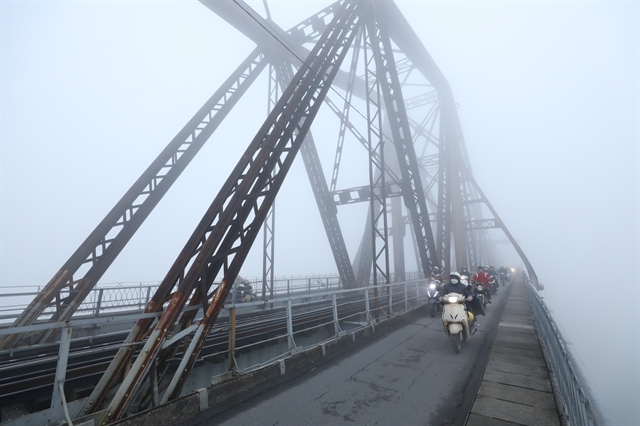 Society
Society

 |
| Hà Nội was covered in thick smog dramatically reducing visibility in the early days of February 2024. — VNA/VNS Photo |
HÀ NỘI — Ninety-eight continuous automatic air quality monitoring stations will be constructed across the country between now and 2030, pushing the total number to 201.
According to the Government’s recently issued national planning for environmental monitoring, of the new stations, 62 are set to be located in areas heavily influenced by human activities to alert people about impacts on their health, while six background stations representing the air quality of six socio-economic regions will be built in areas with minimal human impact.
There will also be 18 cross-border monitoring points located in the provinces of Cao Bằng, Điện Biên, Lạng Sơn, Lai Châu, Lào Cai and Hà Giang (in the northern region); Nghệ An (in the central region); Đắk Nông, Bình Phước, Tây Ninh, Long An, An Giang and Kiên Giang (in the southern region). These stations will measure PM 2.5, PM 10, SO2, NO2, CO and O3.
Between now and 2025, eight regular monitoring sessions will be held per year, and the figure will increase to 12 afterward, providing data on SO2, NO2, CO and TSP. The five centrally-run cities will additionally monitor PM 2.5.
After 2030, 15 more continuous automatic air quality monitoring stations are planned to be built.
The plan also requires integrating noise monitoring at 216 stations and initiating the establishment of an automated mercury monitoring network. Additionally, it specifies investments in building monitoring stations for surface water, river mouth water, seawater, soil quality and biodiversity.
Hoàng Dương Tùng, Chairman of the Việt Nam Clean Air Network, held that the planning of monitoring points and stations was necessary given the increasingly complex environmental pollution situation and the limitations in data availability for research and warnings. — VNS




